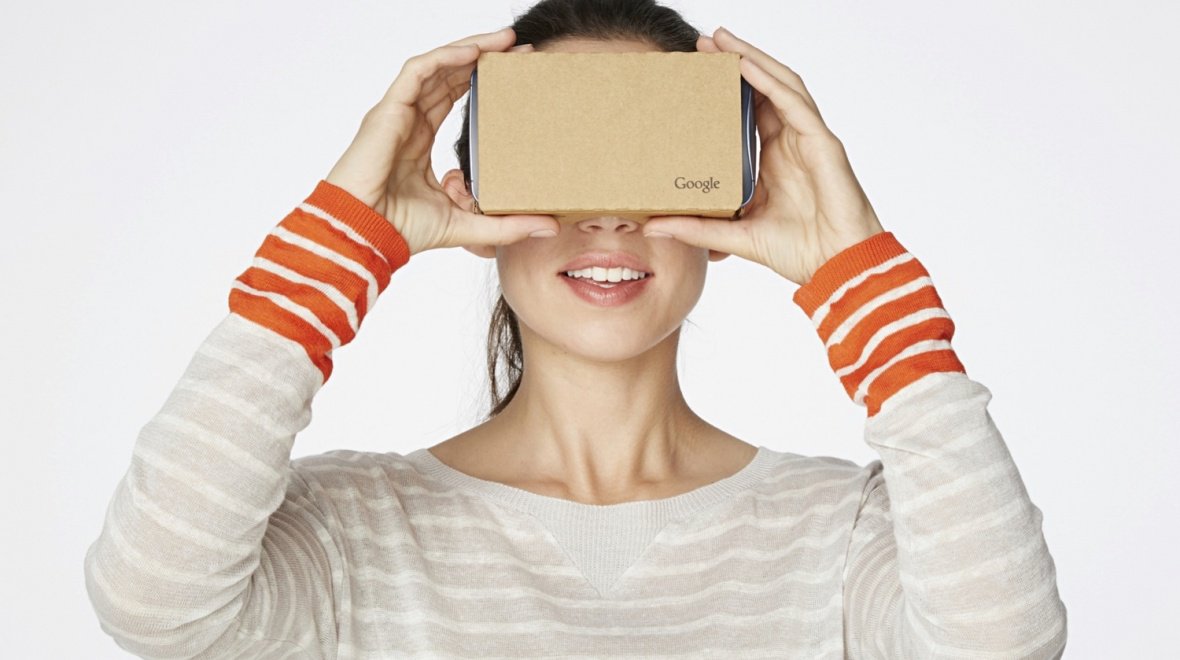
Virtual reality dominated the stage at this year’s SXSW Interactive, leading many mobile app developers to place bets on where the technology will take us over the next decade. Applications in gaming and education are obvious, but one less defined prediction may offer the biggest revenue potential to app developers: user-generated VR.
To understand what that might look like, let’s take a quick look at the evolution of user-generated content on the Internet and in mobile apps.
The past: user-generated Internet
The Internet, in a sense, has always been a user-generated platform. The general public uploads pages; the general public comments on and shares them; rinse and repeat.
It’s less a “walled garden” than a mobile social network, to be sure, but undeniably community-driven.
The present: user-generated mobile networks
Social posting and sharing on the open Internet set the stage for the jump to mobile, where the explosion of social networks like Facebook and Twitter fundamentally changed the speed with which that process could take place. The difference was as big as that between dirt roads and the interstate — with San Francisco mobile app developers set up strategically to collect revenue from users.
User-generated VR: The future?
The games and entertainment applications we’re currently seeing are only the beginning of VR’s screen space in consumer tech. Given the tendency of digital content to become more casual and constant over time, it’s a fair bet that VR will follow the same route.
One thing is for sure: the content will be generated faster as time goes on. Unlike now, when it’s mostly consumed as a novelty, that content will be a regular part of user’s daily lives. The only difference is that the baseline isn’t suspension of disbelief to enter a semi-immersive screen; instead, the baseline is full immersion.
The question for mobile app developers is: what will the “Facebook of VR” look like? Will it be like live streaming, but more immersive? Vlogging, but more automated?
More likely it’ll take a form app development companies wouldn’t recognize today — the same way Twitter would have sounded incomprehensible to a web developer in 1998.





